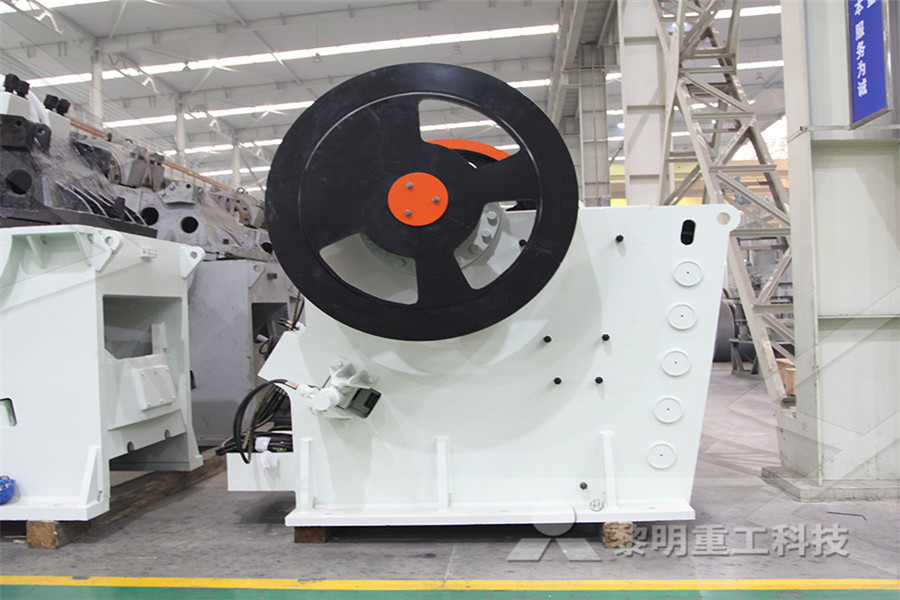
The Variation Of Temperature And Pressure In A B
134: Effects of Temperature and Pressure on This equilibrium is entirely analogous to the one that maintains the vapor pressure of a liquid (b) Increasing the pressure of the gas increases the number of molecules of gas per unit volume, which increases the rate at which gas molecules collide with the surface of the liquid and dissolveThe state of the atmosphere at a given time and place with respect to variables such as temperature moisture wind velocity and barometric pressure Regulation of Body Temperature Antranik Note the body temperature is lowest at 430am and highest in the afternoonthe variation of temperature and pressure in a bThe Antoine equation is = − + where p is the vapor pressure, T is temperature and A, B and C are componentspecific constants The simplified form with C set to zero: = − is the August equation, after the German physicist Ernst Ferdinand August (1795–1870)the variation of temperature and pressure in a b At a given pressure the extent of adsorption is determined by the value of b, which is dependent upon both the temperature (T) and the enthalpy (heat) of adsorption Remember that the magnitude of the adsorption enthalpy (a negative quantity itself) reflects the strength of binding of the adsorbate to the substrate The value of b is increased by34: Variation of Surface Coverage with Temperature 31 Why does the chemical potential vary with (a) temperature and (b) pressure? 32 Discuss the implications for phase stability of the variation of chemical potential with temperature and pressure 33 State and justify the thermodynamic criterion for solution–vapor 35 How would you expect the shape of the curve shown in Fig 3163: The variation of Gibbs energy with temperature

Chapter 3: Atmospheric pressure and temperature
that the pressure declines by a fixed fraction or percentage for a fixed increase in altitude (14% per km in the example) Although temperatures do vary with altitude, the changes are modest (H varies from about 6 to 87 km), thus Eq 34 is useful as an approximation to the barometric law giving variation of pressure with altitude oceans Pressure (bar) Both modules may change size with composi tional variation, either from cation substitution or with changes in the or dered distribution of cations between octahedral and tetrahedral sites Systematic changes in temperature, pressure, or composition should thus result in systematic variation o f / , the fraction of AB interfacesModule Structure Variation with Temperature, Q: 810 Two equal involute gear wheels of 40 teeth each, 3 mm module and 20° pressures angleare in mes A: Given:Number of teeth (T)=40Module (m)=3mmPressure angle ϕ=20°Speed Answered: Density of gases does not change with [B] Pressure is low and temperature is low [C] Pressure is high and temperature is low [D] Pressure is high and temperature is high 13 Generally as altitude increases: [A] Temperature decreases and density increases [B] Temperature and pressure increase and density decreases [C] Temperature decreases and pressure density increases [D] Temperature, pressure and density decreasesMETEOROLOGY 050 Traficomthe variation of temperature and pressure in a b Weather definition of weather by The Free 1 The state of the atmosphere at a given time and place with respect to variables such as temperature moisture wind velocity and barometric pressure Regulation of Body Temperature Antranik the variation of temperature and pressure in a b
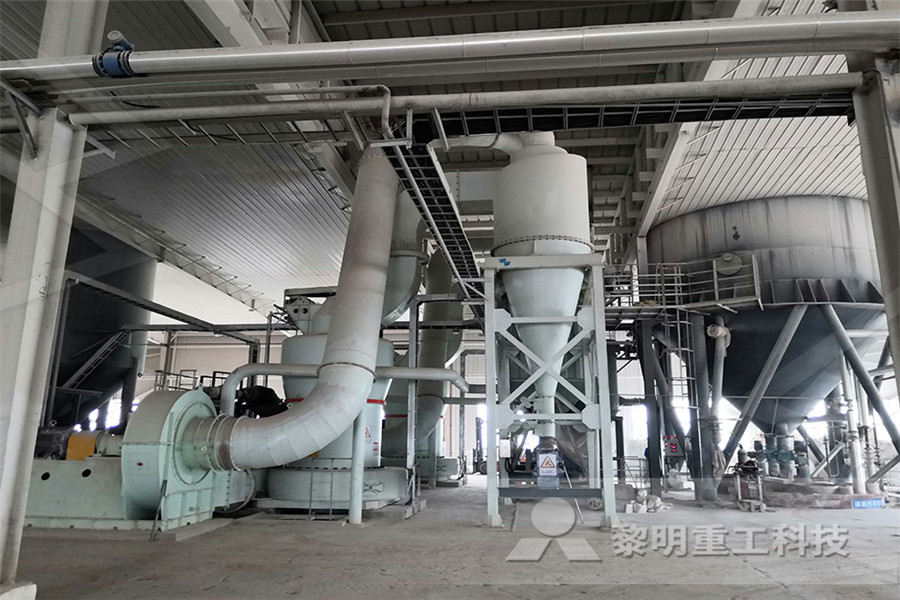
the variation of temperature and pressure in a b
the variation of temperature and pressure in a b Chapter 30: Vital Signs Flashcards Quizlet OBJ: Describe factors that cause variations in body temperature, pulse, oxygen saturation, respirations, capnography, and blood pressure TOP: Assessment When taking the pulse of an infant, the nurse notices that the rate is 145 beats/min and the At point B, the vapour is unsaturated and exerts maximum pressure Beyond B with decrease in volume, pressure remains constant From B to Cgraph represents the change from the saturated vapour to the liquid state In figureb) curve AB shows that pressure increases with increase in temperature From A to B vapour is saturatedVariation with Vapour Pressure with Volume Notes, In the present investigations the interaction of inertia and viscosity variation due to pressure and temperature between the bearing surfaces is studied on the performance of the bearing A comparison of results of pressure distribution due to these interactions illustrate close agreement with the experimental results of Coombs and Dowson[1]On the viscosity variation with temperature and Full Article Distribution and Variation of Pressure and Temperature in Wood Cross Section during RadioFrequency Vacuum (RF/V) Drying HongHai Liu, a Lin Yang, a Yingchun Cai, b Kazuo Hayashi, c and KaiFu Li a, * The pressure and temperature at the same location in the middle cross section of Sugi wood were measured simultaneously during radiofrequency/vacuum (RF/V) dryingDistribution and variation of pressure and room temperature and standard pressure (298,15 K and 100 kPa) For dissolved substances, the standard concentration is 1 kmol/m3 Up to this point, our statements about the possibility of a chemical change have been valid for these conditions only However, temperature and pressure often have a decisive influence upon the chemical poten4 Influence of Temperature and Pressure on Chemical
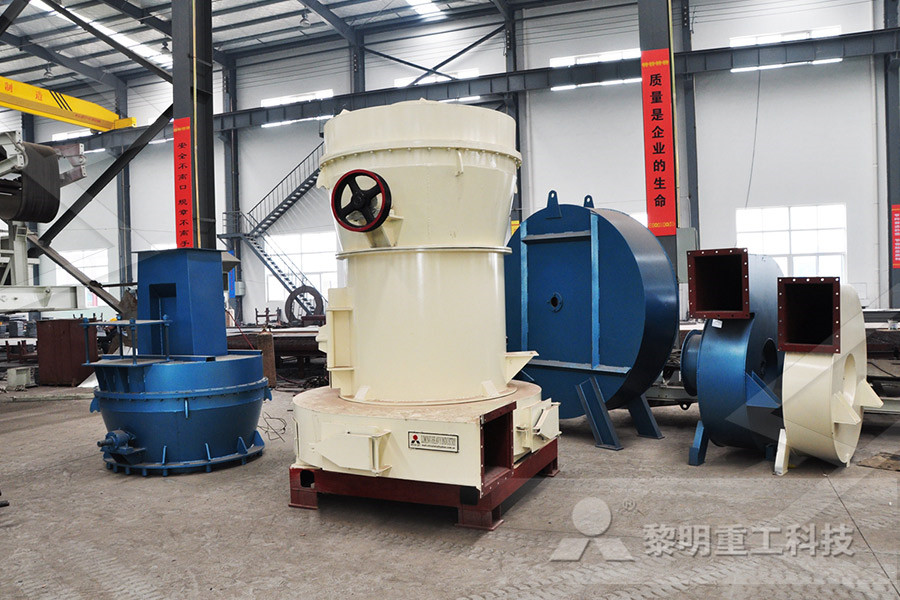
Fluid at Rest, Pressure Variation SBA Invent
Fluid at Rest, Pressure Variation Recall from the previous article that the general equation of motion for a fluid is $∇pγ\hat{k}=ρa However, for a fluid at rest the acceleration of the fluid will be zero Compressible fluids are fluids that’s density can change significantly with a change in pressure and temperatureFoot temperature can be affected by friction and contact pressure, in this study, we explored the specific changes of foot temperature under different friction conditions, running with socks versus no socks The relationship between vertical loading force and foot temperature will also be investigated at the same time Ten male recreational runners wore the same shoes and socks and were tested The Variation of Plantar Temperature and Plantar B is clearly the best response even though it does not read ‘very low pressure’ Water at a temperature of 0 °C is kept in a thermally insulated container A lump of ice, also at 0 °C, is placed in the water and completely submergedIB Questionbank IB DocumentsBoyle's temperature or Boyle point is the temperature at which a real gas starts behaving like and ideal gas over a particular range of pressure A graph is plotted between compressibility factor Z and pressure P What is the variation of Z will pressure?Boyle's temperature or Boyle point is the temperature At point B, the vapour is unsaturated and exerts maximum pressure Beyond B with decrease in volume, pressure remains constant From B to Cgraph represents the change from the saturated vapour to the liquid state In figureb) curve AB shows that pressure increases with increase in temperature From A to B vapour is saturatedVariation with Vapour Pressure with Volume Notes,
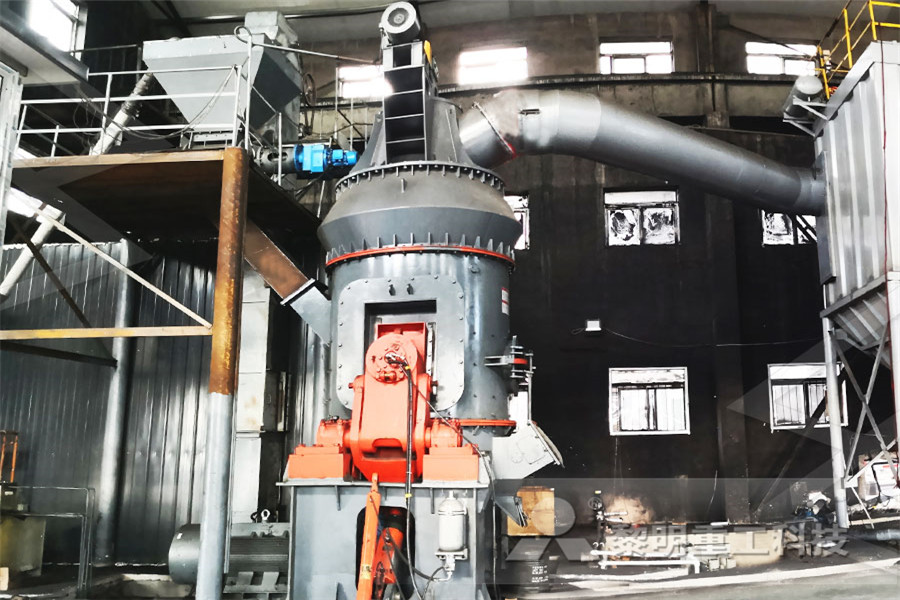
Pressure and Temperature: the relationship between
Pressure and Temperature the relationship between pressure surfaces and temperature The height of a given pressure surface above the ground varies with temperature As an example, consider two identical columns of air (A and B) Since they are identical, the 500 mb surface is found at the same height in each column Full Article Distribution and Variation of Pressure and Temperature in Wood Cross Section during RadioFrequency Vacuum (RF/V) Drying HongHai Liu, a Lin Yang, a Yingchun Cai, b Kazuo Hayashi, c and KaiFu Li a, * The pressure and temperature at the same location in the middle cross section of Sugi wood were measured simultaneously during radiofrequency/vacuum (RF/V) dryingDistribution and variation of pressure and The temperature should be noted down from the thermometer attached to the barometer The mercury level in tube A and B will be the same and can be measured using scale S Note the volume of enclosed gas in graduated tube A The volume of enclosed air reduces as the tube B is moved up by 2cm Mercury level in tube A also reducesTo Study The Variation In Volume With Pressure For A room temperature and standard pressure (298,15 K and 100 kPa) For dissolved substances, the standard concentration is 1 kmol/m3 Up to this point, our statements about the possibility of a chemical change have been valid for these conditions only However, temperature and pressure often have a decisive influence upon the chemical poten4 Influence of Temperature and Pressure on Chemical Fluid at Rest, Pressure Variation Recall from the previous article that the general equation of motion for a fluid is $∇pγ\hat{k}=ρa However, for a fluid at rest the acceleration of the fluid will be zero Compressible fluids are fluids that’s density can change significantly with a change in pressure and temperatureFluid at Rest, Pressure Variation SBA Invent
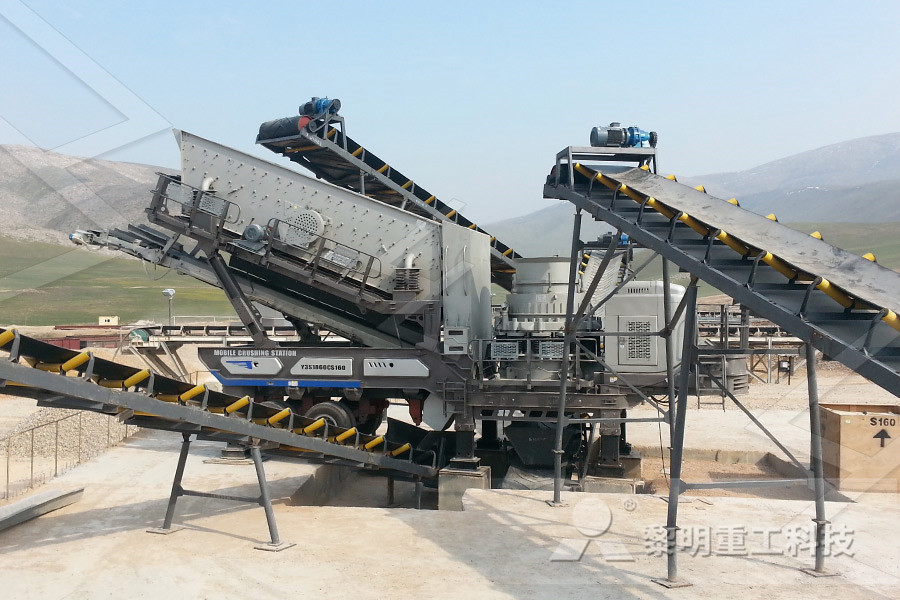
Solved: a) Show that the variation of the CP with
a) Show that the variation of the C P with pressure at constant temperature is given by b) Use this result to show that the C P and C v in the idealgas state are independent of pressure c) If the expansion coefficient β of a liquid is assumed to be approximately independent of pressure, what do you conclude for the relationship between C P and pressure in the compressed liquid state? Calculate the variation of C p with pressure at constant temperature of a substance for which the equation of state is given the relationCalculate the variation of Cp with pressure at constant B is clearly the best response even though it does not read ‘very low pressure’ Water at a temperature of 0 °C is kept in a thermally insulated container A lump of ice, also at 0 °C, is placed in the water and completely submergedIB Questionbank IB Documents where = temperature lapse rate = 65 x 103 K/m = 65 K/km from (3) (4): (5) Variation of pressure with altitude in a static compressible fluid (eg air) at constant temperature Lower stratosphere (): Note: air is still treated as ideal Temperature lapse rate in the atmosphere under polytropic conditions Static fluid: (1) Polytropic Pressure variation with altitude in a static compressible